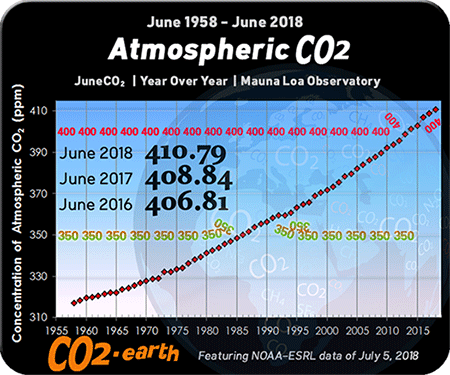----
How Sustainable is Stored Sunlight?
// Low-tech Magazine
Picture: Tesla's lithium-ion home storage system.
One of the constraints of solar power is that it is not always available: it is dependent on daylight hours and clear skies. In order to fill these gaps, a storage solution or a backup infrastructure of fossil fuel power plants is required -- a factor that is often ignored when scientists investigate the sustainability of PV systems.
Whether or not to include storage is no longer just an academic question. Driven by better battery technology and the disincentivization of grid-connected solar panels, off-grid solar is about to make a comeback. How sustainable is a solar PV system if energy storage is taken into account?
In the previous article, we have seen that many life cycle analyses (LCAs) of solar PV systems have a positive bias. Most LCAs base their studies on the manufacturing of solar cells in Europe or the USA. However, most panels are now produced in China, where the electric grid is about twice as carbon-intensive and about 50% less energy efficient. [1] Likewise, most LCAs investigate solar PV systems in regions with a solar insolation typical of the Mediterranean region, while the majority of solar panels have been installed in places with only half as much sunshine.
As a consequence, the embodied greenhouse gas emissions of a kWh of electricity generated by solar PV is two to four times higher than most LCAs indicate. Instead of the oft-cited 30-50 grams of CO2-equivalents per kilowatt-hour of generated electricity (gCO2e/kWh), we calculated that the typical solar PV system installed between 2008 and 2014 produces close to 120 gCO2e/kWh. This makes solar PV only four times less carbon-intensive than conventional grid electricity in most western countries.
However, even this result is overly optimistic. In the previous article, we didn't take into account "one of the potentially largest missing components" [2] of the usual life cycle analysis of PV systems: the embodied energy of the infrastructure that deals with the intermittency of solar power. Solar insolation varies throughout the day and throughout the season, and of course solar energy is not available after sunset. . . .





No comments:
Post a Comment